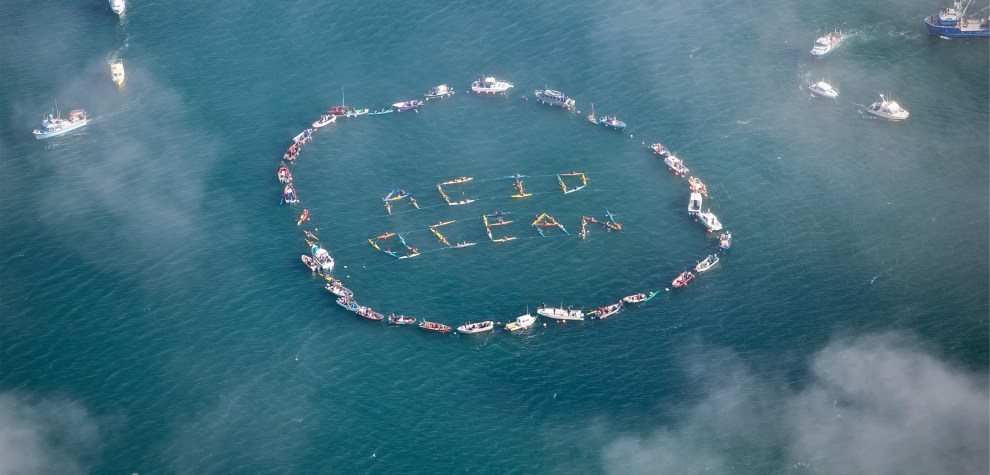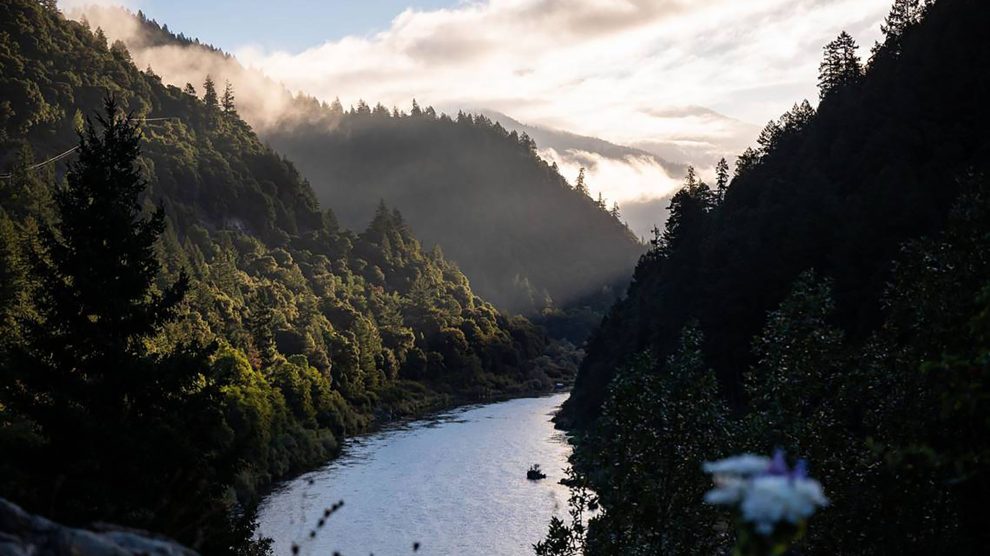
James Wakibia/SOPA Image/ LightRocket/Getty/Grist
This story was originally published by Grist and is reproduced here as part of the Climate Desk collaboration.
Between 2015 and 2020, Indigenous and Afro-descendant peoples, along with small, local communities in Asia, Africa, and Latin America, gained legal recognition to more than 247 million acres of land—an 85 percent increase. That’s according to a new report from Rights and Resources Initiative, a global nonprofit focused on land and resource rights.
Researchers covered 73 countries and found that rights holders now hold title to more than 11 percent of Earth’s land—a combined area larger than Egypt. However, in 49 of the countries studied, more than 3 million acres of Indigenous, Afro-descendant, and local lands have not been recognized by governments. That means communities have limited rights of access and have no rights to manage or prevent third parties from entering their lands. In some cases, lack of documentation in land claims can leave communities vulnerable to inconsistent and violent expulsion policies by local officials, making it difficult to reach resolutions, due process, or receive just compensation for oppressive tactics carried out by governments, companies, or individuals.
Multiple studies have shown that Indigenous peoples are some of the best managers and protectors of the environment and that rights-based approaches could be critical to curbing the effects of climate change.
“There’s a need for donors to invest in funding advocacy for legal commissions and directly supporting communities so they can secure their rights,” said Solange Bandiaky-Badji, coordinator of Rights and Resources Initiative. “But governments need to put in implementation and regulation mechanisms so we can increase the number of areas under the ownership of local communities and Indigenous peoples.”
According to the report, sub-Saharan Africa saw the biggest increase in legal recognition of community land rights, gaining nearly 87 million acres, and largely driven by efforts in Kenya and Liberia to recognize communities’ customary lands.
In 2016, Kenya’s government implemented the Community Land Act, which led to engaging with the government and rights holders to figure out the best way to implement the “progressive provisions of the recognition of the rights on the ground,” said Bandiaky-Badji.
Liberia passed the Land Rights Act in 2018, which recognized traditional lands and launched a land process to partner with local community organizations and networks to recognize customary land rights.
According to researchers, the Democratic Republic of the Congo, or DRC, is a country to watch, after passing a historic law recognizing the rights of Indigenous peoples in 2022.
”The DRC has been going through major reform processes,” said Bandiaky-Badji. “The Indigenous Pygmy law that was adopted less than two years ago was a real milestone, because it allows Indigenous people to claim their collective rights. It’s helping grow and implement the demarcating of the land of Indigenous peoples.”
In 2020, the Republic of Congo (a nation separate from the DRC), passed a historic law that introduces new concepts like certification, verification of legality, consideration of riverside communities, deforestation and reforestation, carbon credits, and the fight against climate change. In tandem, the study contends that both countries have an opportunity to accelerate land-rights recognition in the Congo Basin in the years to come.
Asia is home to an estimated 70 percent of the world’s Indigenous population, and nearly 22 percent of land is owned by communities. Of the countries analyzed in South and Southeast Asia, over 44 million acres are designated for, or owned by, Indigenous peoples and local communities.
The report found that compared to the data collected in 2015, community land recognition increased 18 times in India and nearly seven times in Indonesia over five years. However, scientists noted only Cambodia, India, Indonesia, and the Philippines have national, legal frameworks recognizing community-based ownership. In China, collective ownership of forestland and an extensive pasture contract system cover nearly half the country’s land area. If China were not included in the study, Asia would have the lowest percentage of community ownership of any region, at only 0.8 percent.
“There’s still a lot that needs to be done, it’s insufficient really. It’s really important to look into countries where there are still gaps of recognizing the rights of communities,” said Bandiaky-Badj. “We want to recognize the rights of Indigenous people, local communities, and the rights of women. We need to push for more recognition of land rights.”
















